Basking in Bliss: Discovering the Charms of Koggala Beach, Sri Lanka
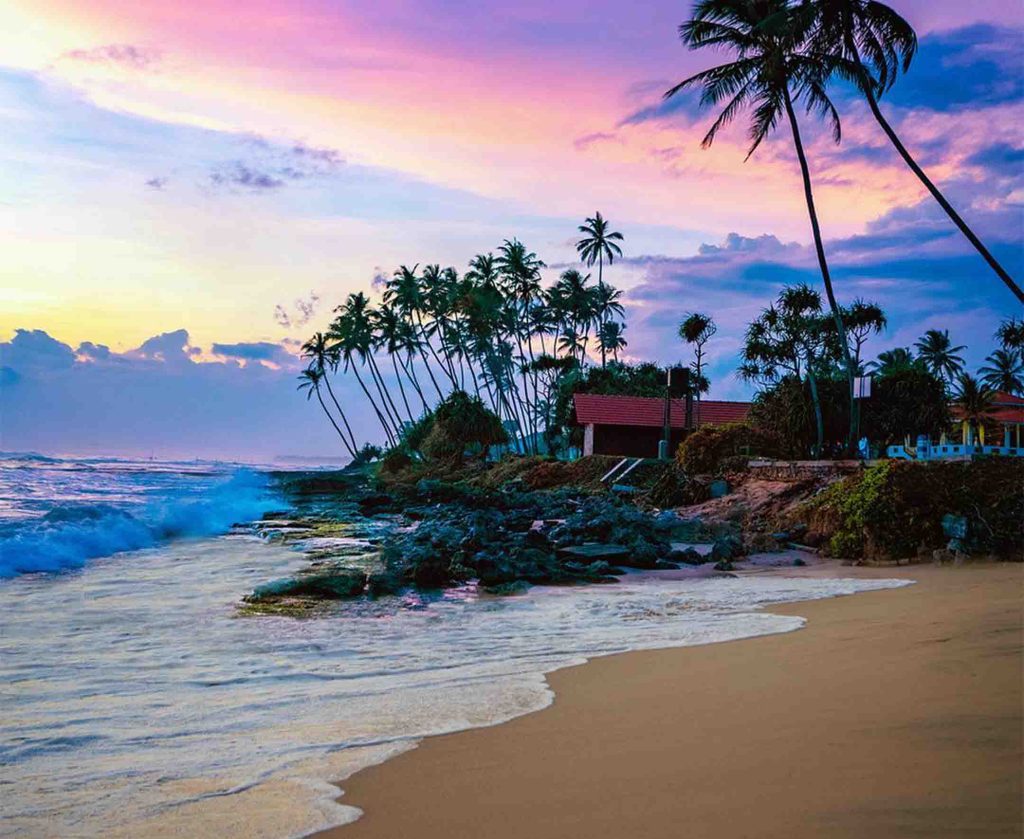
Nestled on the sunny southern coast of Sri Lanka lies the charming town of Koggala, a hidden gem renowned for its tranquil beaches and breathtaking vistas. With its unspoiled stretches of golden sand and azure waters, Koggala Beach beckons travelers from far and wide to bask in its serene beauty and unwind amidst nature’s embrace. […]
The Pekoe Trail in Sri Lanka
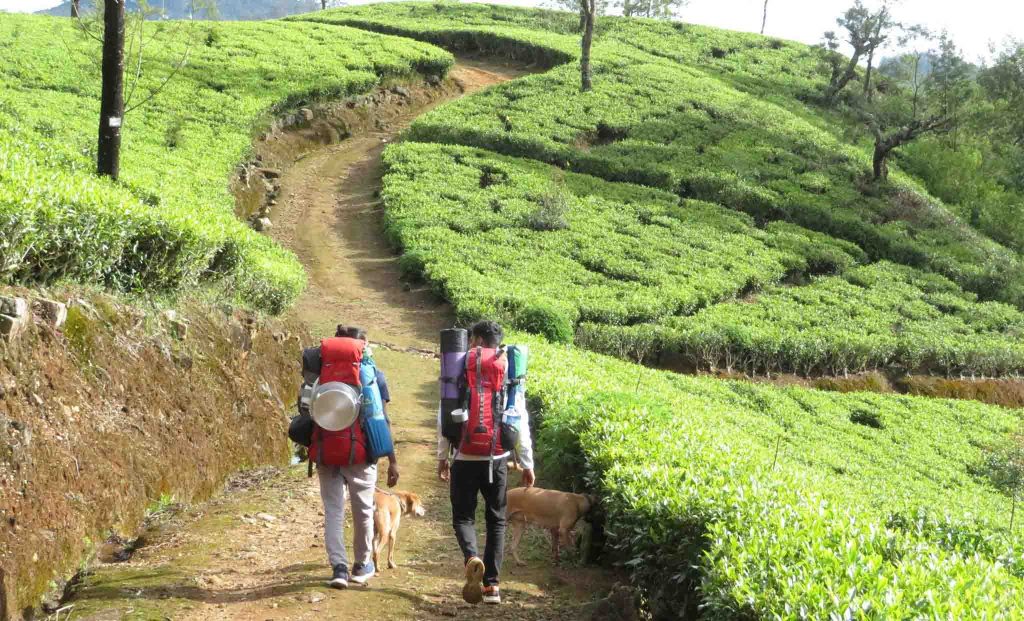
The Pekoe Trail is a newly established long-distance walking trail in Sri Lanka. It covers 300 kilometers (185 miles) of the central highlands of the country. It is also considered the first ever long-distance walking trail, which provides a unique experience for hikers, trekkers, and nature lovers all over the world. The Pekoe Trail consists […]
Galle Face Green

Nestled along the scenic coastline of Colombo, Galle Face Green beckons travelers with its charm and allure. Spanning 5 hectares of ocean-side splendor, this urban park is a cherished destination for both locals and visitors alike, offering a myriad of experiences to be savored and memories to be made. As the sun dips low on […]
Viharamahadevi Park in Colombo

Nestled in the heart of Colombo, Sri Lanka, Viharamahadevi Park stands as a serene oasis amidst the bustling cityscape. As the oldest and largest park in Colombo, it offers a welcome retreat for locals and tourists alike, providing a tranquil space to unwind and reconnect with nature. At the heart of the park lies a […]
Panchamuga Anjaneyar Kovil in Colombo
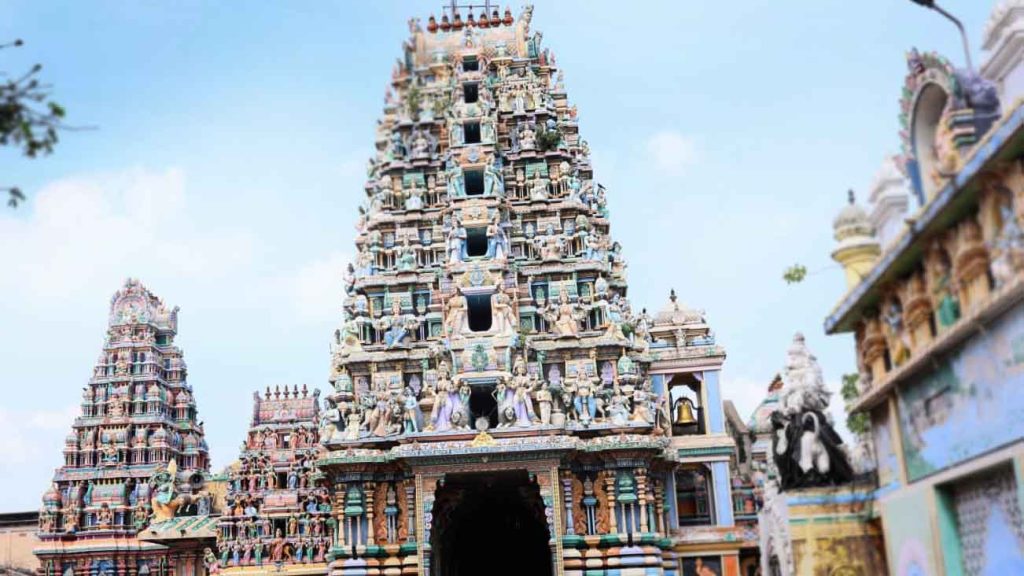
Panchamuga Anjaneyar Kovil, situated in Colombo, Sri Lanka, is a captivating Hindu temple dedicated to Lord Hanuman. The temple’s name, “Panchamuga,” translates to “five-faced,” symbolizing Lord Hanuman’s five-faced form, an embodiment of devotion, strength, knowledge, courage, and power. Why Visit Panchamuga Anjaneyar Kovil? A visit to Panchamuga Anjaneyar Kovil offers a unique spiritual and […]
Discovering Colombo: A Tale of History and Shopping at Arcade Independence Square and Independence Square

Nestled in the heart of Colombo, the Arcade Independence Square beckons as a captivating blend of history and modern indulgence. This popular shopping complex, situated in proximity to the iconic Independence Square, offers a unique experience for visitors. The Arcade Independence Square, a testament to architectural fusion, occupies meticulously renovated buildings, including the former Auditor […]
Exploring the Elegance: Jami Ul-Alfar Mosque in Colombo
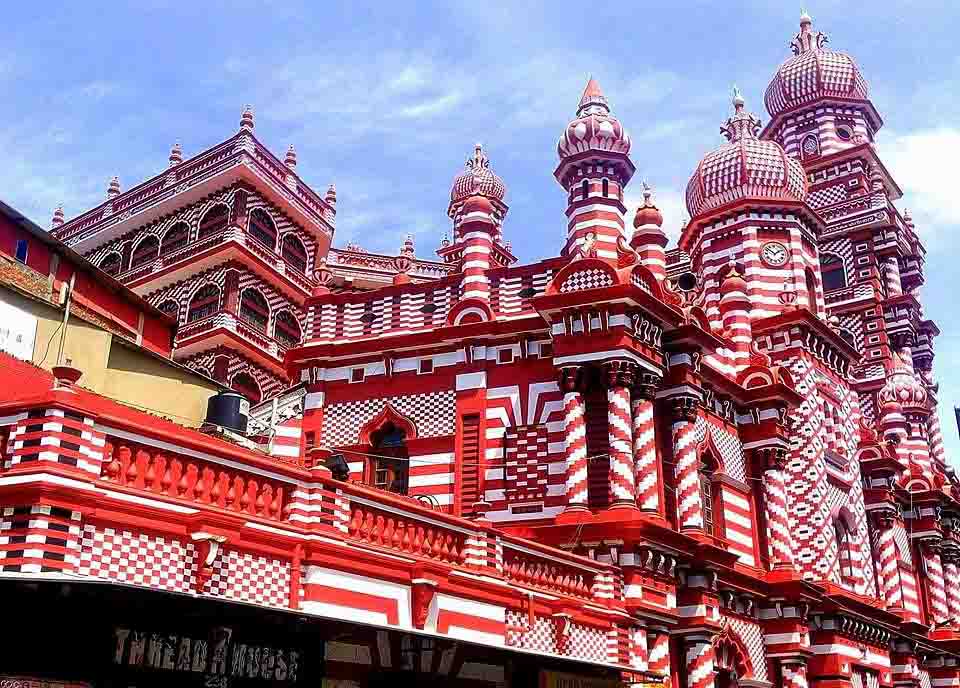
The Jami Ul-Alfar Mosque, affectionately known as the Red Mosque, graces Colombo’s Pettah district, offering a captivating blend of history and architectural splendor. Constructed in 1908, its iconic red and white striped facade beckons both locals and tourists alike. The Red Mosque is one of the places we will cover during our Colombo Day Tour. […]
A Journey Through Time: Unveiling the Atamasthana of Anuradhapura
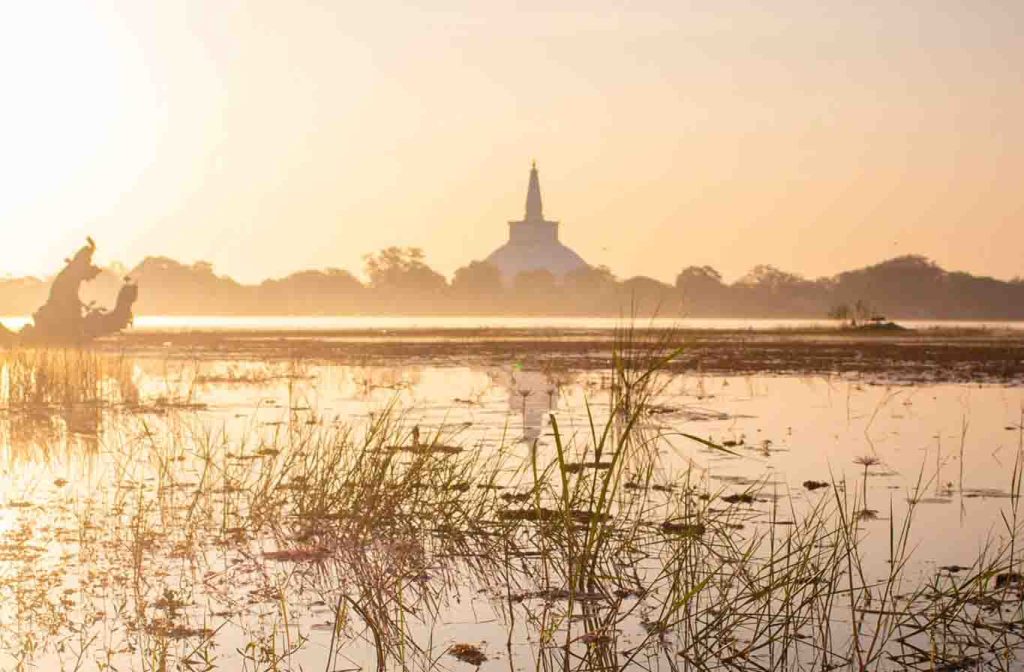
In the heart of Sri Lanka, nestled within the ancient city of Anuradhapura, lies a constellation of eight sacred sites known as the Atamasthana. These revered locations, each bearing the weight of history and faith, are more than just architectural marvels; they are a testament to the enduring legacy of Buddhism and its profound influence […]
Discovering the Wonders of Negombo Lagoon: A Sri Lankan Oasis

Embark on a scenic voyage through Negombo Lagoon, a captivating haven between bustling Negombo town and the azure Indian Ocean. Spanning 35 square kilometers, this estuarine gem invites adventurers and nature enthusiasts to explore its serene waters, rich biodiversity, and cultural tapestry. Whether you seek thrilling boat rides, wildlife encounters, or a glimpse into traditional […]
Baobab Tree in Mannar: Guardians of Time
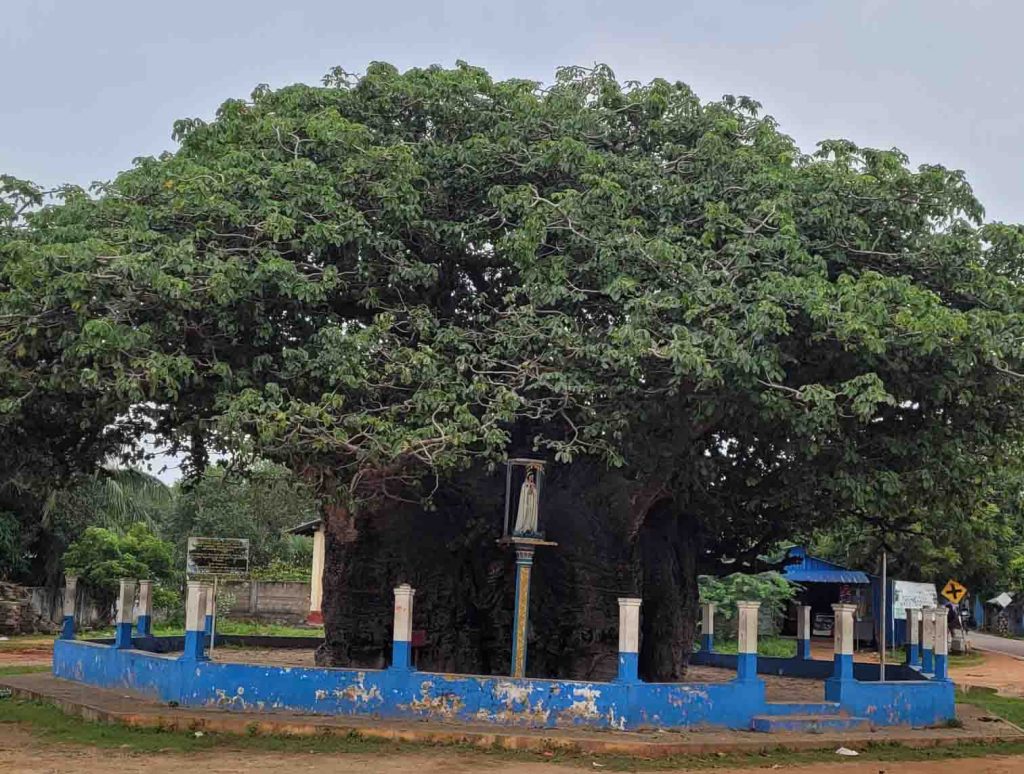
The Baobab tree, a living testament to a botanical odyssey across continents, graces the landscape of Mannar in Sri Lanka. Known by various names like biobab, boab, boaboa, bottle tree, upside-down tree, and monkey bread tree, these ancient giants weave a majestic tale of nature, mystery, and cultural significance. Believed to have been introduced to […]
